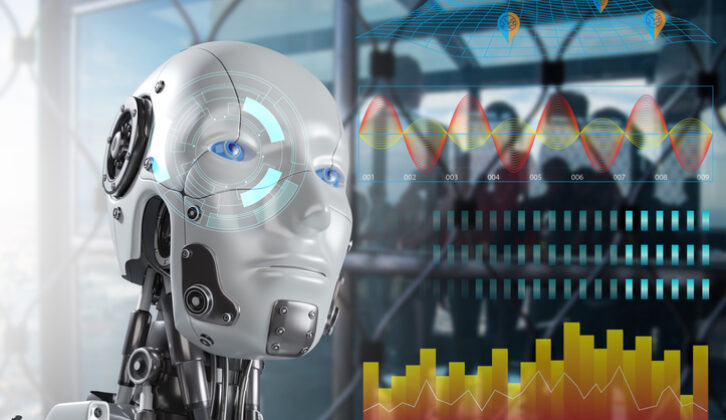

Artificial Intelligence stands on the precipice of being the most transformative technological innovation of our time. The power of AI to revolutionize industries through automation, data analysis and improved decision-making is no longer a speculation, but a reality. But the transition to this digital age is not merely a technological shift — it requires a profound cultural metamorphosis, requiring understanding, acceptance and commitment from the most critical component of your organization: your employees.
The AI imperative for today’s businesses
Integrating AI into business operations brings about a host of clear benefits that go beyond simply boosting efficiency and reducing costs. To start, AI significantly improves decision-making. With machine learning algorithms and predictive analytics, AI can process large amounts of data, extracting valuable insights that are otherwise challenging to glean manually. This means businesses can make smarter, more strategic decisions, reducing risks and seizing opportunities.
Moreover, AI is a game-changer for customer experience. It analyzes customer data and provides highly tailored customer interactions. Such personalized experiences increase customer satisfaction, foster loyalty and can lead to a boost in revenue.
AI’s ability to automate routine tasks is another major advantage. By taking over mundane tasks, AI allows your employees to concentrate on strategic work that requires human creativity and problem-solving. This not only enhances efficiency but also improves job satisfaction, as employees can focus on more meaningful and rewarding tasks.
AI in operations: A business use case
Consider the operations function, often the heart of any business, where AI’s impact can be transformative. The intersection of AI with operations management has the potential to redefine productivity, quality and efficiency in ways never imagined before.
For instance, consider a manufacturing firm that has integrated AI into its operations management. The AI system, fed with historical data and current operational parameters, can predict potential production bottlenecks, equipment failures and supply chain disruptions. Using machine learning algorithms, the AI system can forecast with a high degree of accuracy, providing the operations team with ample time to react and plan. This predictive maintenance capability can dramatically reduce downtime, saving substantial costs and enhancing efficiency.
Moreover, AI can automate repetitive tasks in operations, such as quality inspections. Utilizing AI-powered vision systems, the firm can inspect parts and products faster and more accurately than human inspectors. These AI systems can work 24/7, increasing throughput and freeing employees for more strategic, value-added tasks.
Ultimately, the integration of AI in the operations function can lead to more efficient processes, higher product quality and improved employee job satisfaction. It offers a powerful tool to reshape operations, increase competitiveness and drive business success.
Nevertheless, while AI’s benefits are compelling, its introduction can cause concern among employees, often due to fear of job replacement and the unknown. These challenges, however, can be addressed and transformed into opportunities for growth and learning.
Strategies for garnering employee buy-in
Here are three strategies that can be employed to gain employee buy-in for AI integration:
1. Encourage open dialogue
Openness is key to allaying fears and building trust among your employees. Initiate discussions about what AI is, its benefits for the business, and its likely impact on their roles. Make these discussions interactive, welcoming questions and addressing concerns. Such transparency helps create a collective understanding and fosters acceptance.
2. Invest in training and upskilling
By offering training opportunities, you can equip your employees with the skills they need to work effectively with AI. The knowledge that they are integral to the future of the business can reassure employees, fostering a sense of security and inclusion. Upskilling opportunities could take the form of workshops, seminars or online courses.
3. Showcase success stories
Success stories serve as powerful motivators. Sharing examples of businesses that have successfully adopted AI can help your employees understand the practical benefits and applications of AI.
By considering your employees’ perspectives and involving them in the process of AI adoption, you pave the way for a smoother transition. AI is a tool that augments human capabilities, not a replacement for human jobs. It is poised to be as transformative as electricity, changing the way we live, work and interact. As business leaders, embracing AI is not just an opportunity — it’s a responsibility. As Andrew Ng, a leading figure in AI, succinctly puts it, “AI is the new electricity.” It’s time we switch it on together.
Tom Henson is the Managing Director at Emerge Digital, an IT solutions provider specializing in driving efficiency and decreasing costs across multiple sectors. With a history of roles in IT management and technical sales, Tom combines his passion for technology with a deep understanding of business to deliver strategic IT solutions. Tom is a graduate of Cardiff University and holds expertise in managed services, cloud computing, and IT service management.
Opinions expressed by SmartBrief contributors are their own.





